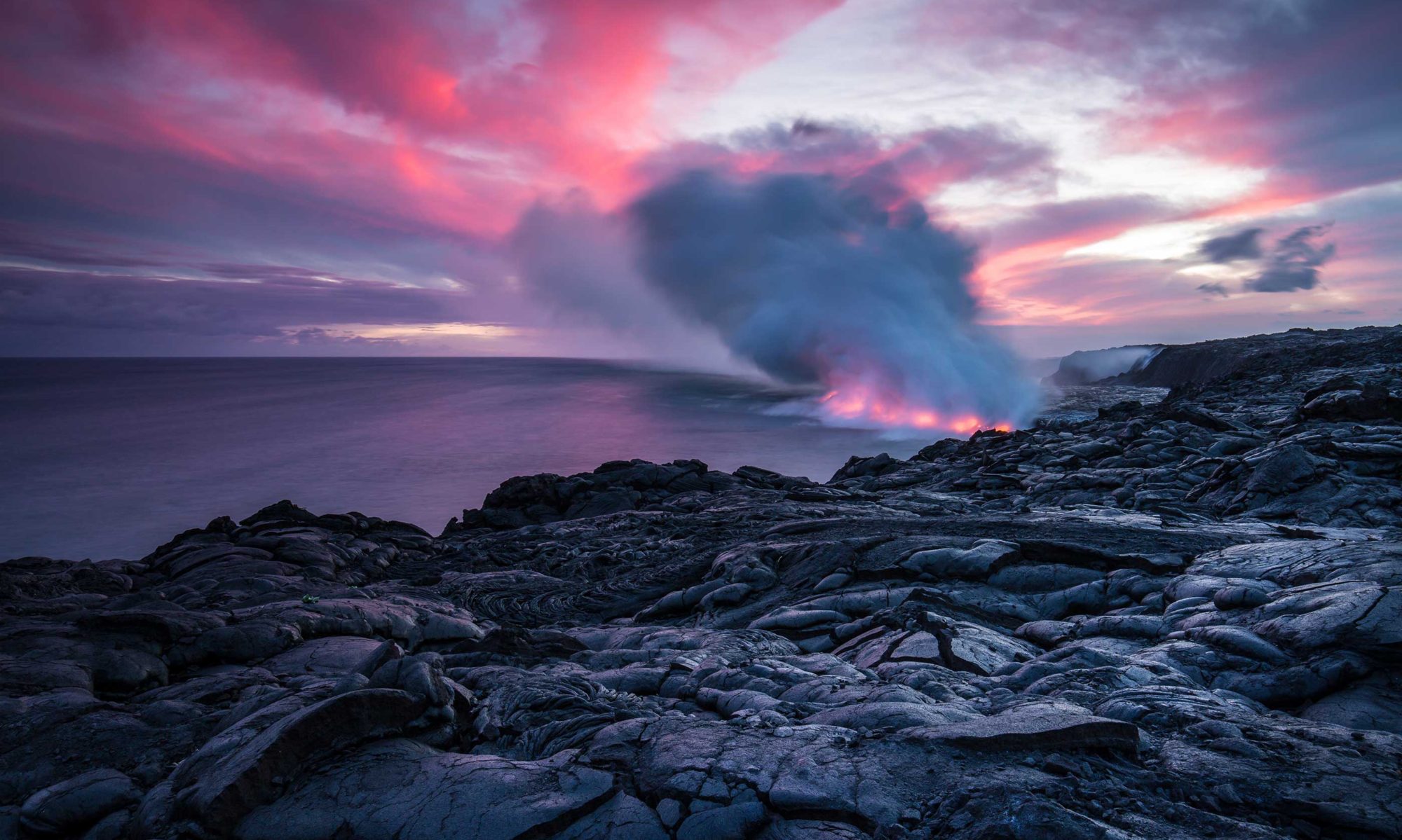Oceans on Earth are present as a result of equilibrium between degassing and regassing through the interaction of the Earth’s interior. Because of mantle convection and resultant partial melting and melt transfer, water may circulate deep into the mantle and return through Earth’s surface into the oceans.
Continue reading “Water rich mantle”Plate tectonic beginnings
Earth’s collection of interlocking plates is unique in the solar system. Scientists connect it to our planet’s other special features, such as its stable atmosphere, protective magnetic field and the abundance of complex life.
Continue reading “Plate tectonic beginnings”Ice age climate dominos
Throughout the last ice age, the climate changed repeatedly and rapidly where Greenland temperatures rose between 5 and 16 degrees Celsius in decades. The climate system changed like a series of dominos falling in succession. This is the result of a study by a group of researchers from the University of Copenhagen.
Continue reading “Ice age climate dominos”Last deglaciation indicators
The most rapid global sea-level rise event of the last deglaciation, known as Meltwater Pulse 1A (MWP-1A), occurred roughly 14,650 years ago. There is considerable uncertainty regarding the sources of meltwater and the relationship between MWP-1A and the fast-changing climate.
Continue reading “Last deglaciation indicators”Plate tectonic slowdown
In seafloor trenches around the world, slabs of oceanic crust fall slowly into the mantle, while new slabs are formed at mid ocean ridges, where magma emerges at the seams separating tectonic plates. Beginning about 15 million years ago, ocean crust production declined by a third over 10 million years to a slow pace that continues to today.
Continue reading “Plate tectonic slowdown”Recycling of oceanic crust
In plate tectonics, there are three categories of volcanism: ocean ridge, arc and intraplate. While the origins of ocean ridge and arc volcanism are readily explained by plate tectonics, intraplate volcanism (IPV) is not. The dominant hypothesis for the origins of IPV is by mantle plumes from deep within the interior of the earth.
Continue reading “Recycling of oceanic crust”Early magma ocean
New research by the University of Cambridge has found evidence in ancient rocks from Greenland that the Earth was at a time almost entirely molten. The study yields information on an important period in our planet’s formation when a deap sea of magma stretched across Earth’s surface and extended hundreds of kilometers into the interior.
Continue reading “Early magma ocean”Mountainless Earth
According to a study published in the journal Science, for nearly a billion years during our planet’s “middle age” (1.8 billion to 0.8 billion years ago), Earth’s mountains stopped growing while erosion wore down existing peaks to stumps. This extreme mountain-forming hiatus resulted from a persistent thinning of Earth’s continental crust.
Continue reading “Mountainless Earth”Ice free Greenland
Scientists have discovered that the Greenland ice sheet has melted to the ground at least once in the last million years despite CO2 levels far lower than today. This ice sheet holds enough frozen water to swamp coastal cities worldwide.
Continue reading “Ice free Greenland”River of rocks
Geologists have previously thought that tectonic plates move because they are pulled by the weight of their sinking regions and that an underlying, hot, softer layer called the asthenosphere acts as a passive lubricant. Now a team of geologists at the University of Houston has found that layer is flowing swiftly, moving fast enough to drive plate motions.
Continue reading “River of rocks”
